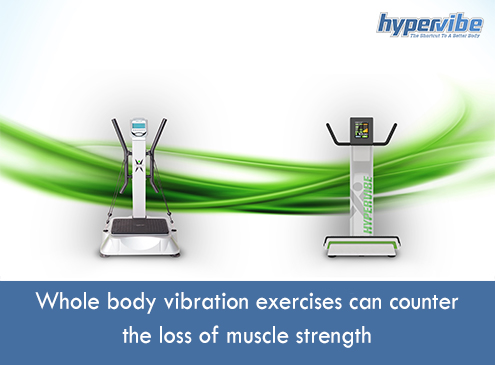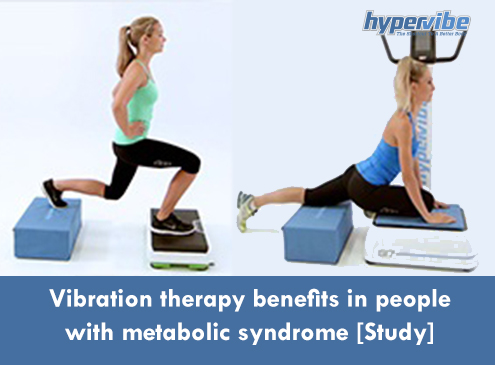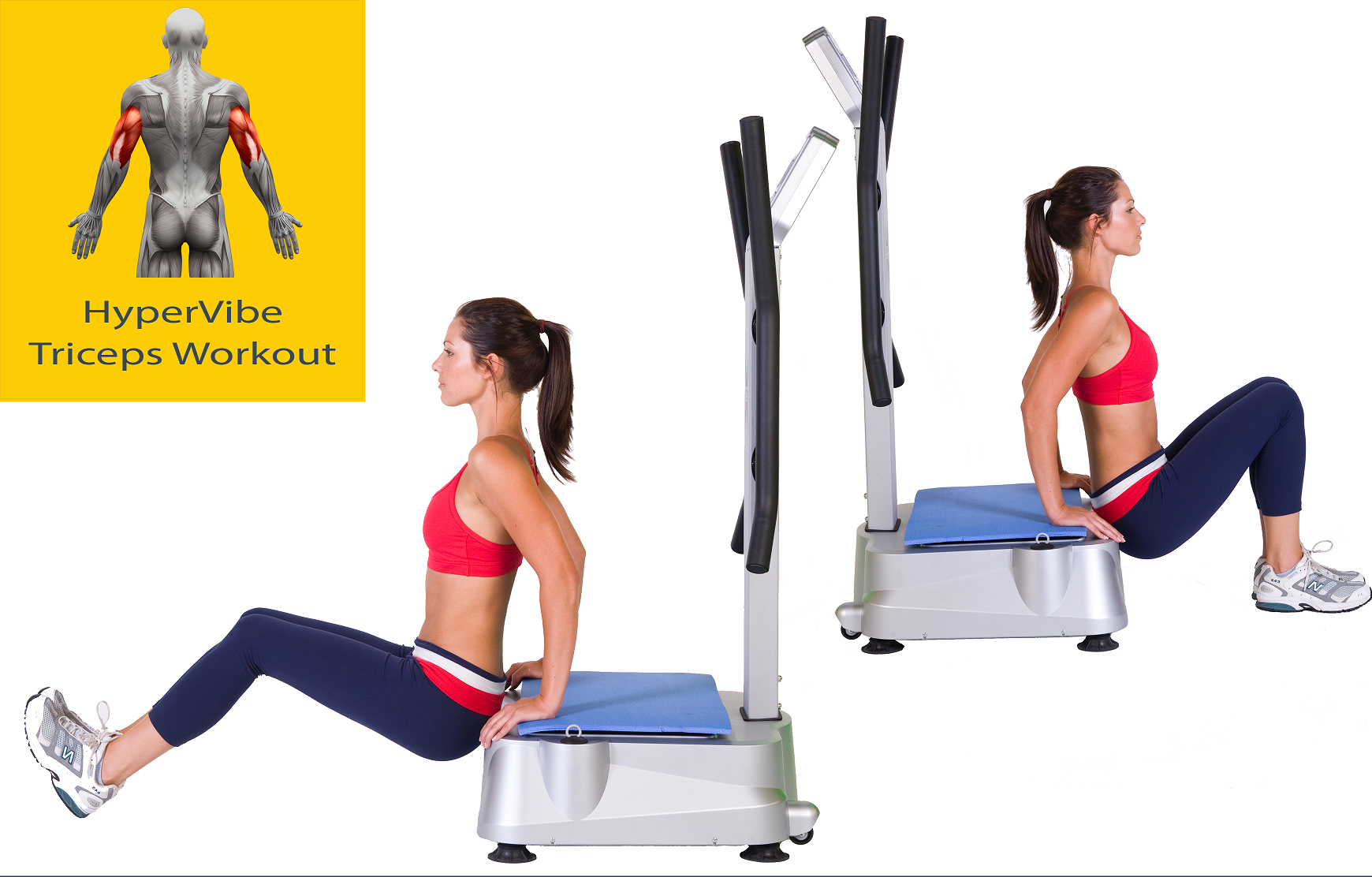[New Studies] WBV: Muscle Strength, Balance & Flexibility

The latest studies on Whole Body Vibration show, once again, that this form of physical activity can successfully replace conventional exercise and be used for rehabilitation purposes in people with various health conditions, allowing them to experience the benefits of exercise.
Whole Body Vibration training improves muscle strength and balance
The first study we’ll discuss was published in the American Journal of Physical Medicine and Rehabilitation this month, showing that vibration machines can be successfully used in the treatment programs for children with Down syndrome. It’s not the first study to confirm the efficiency of WBV in patients with this condition, so it’s definitely worth exploring this treatment option in the future, not only in people with Down syndrome, but also in patients affected by other ailments that affect their stability and muscle strength.
The study was a randomized controlled trial, conducted on 30 children aged 8 to 10, who were allocated to either the control or the vibration group. The control group received conventional physical therapy, while the vibration group received the same program, plus whole body vibration training, treatment sessions being performed 3 times per week, for 6 months.
The investigated parameters showed that the group performing vibration exercises has an improved knee flexor and extensor strength and a better stability than the control group. The study concluded that whole body vibration may be a useful addition to therapy programs for children with Down syndrome, suffering from poor muscle strength and balance.
Vibration training has beneficial effects on flexibility
Another study published in the journal of Rehabilitation Research and Practice in September this year showed that whole body vibration exercises can improve the flexibility in patients with metabolic syndrome.
Metabolic syndrome is not a single ailment but a cluster of conditions, among which high blood sugar levels, abnormal cholesterol levels, increased blood pressure and excess fat around the waist. Occurring together, these conditions make one more prone to a series of ailments like diabetes, heart disease and stroke.
Although the syndrome does not manifest through visible symptoms other than the increased waist circumference, people who are affected by this condition often have a fatty liver, which increases the risk of inflammation and cirrhosis, kidney problems or sleep apnea, other health problems linked with MS being the polycystic ovary syndrome, cognitive decline and dementia.
The presence of metabolic syndrome is also associated with a poorer physical performance due to the changes in blood sugar levels, blood pressure, body weight and body fat percentage. People dealing with this health problem are advised to practice at least 30 minutes of moderate-intensity exercise per day, brisk walking being a common recommendation, and to lose weight in order to decrease the risk of diabetes and to regulate insulin resistance and blood pressure.
The study from Rehabilitation Research and Practice showed that vibration exercises are efficient in improving the flexibility of patients with MS, results being visible immediately after a WBV session.
Have something to add to this article? Comment below or join our Facebook community and share your thoughts with us!












